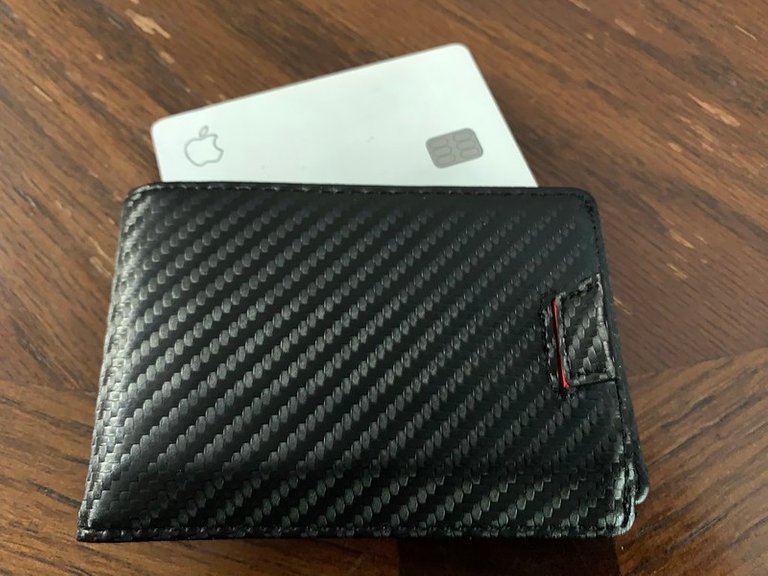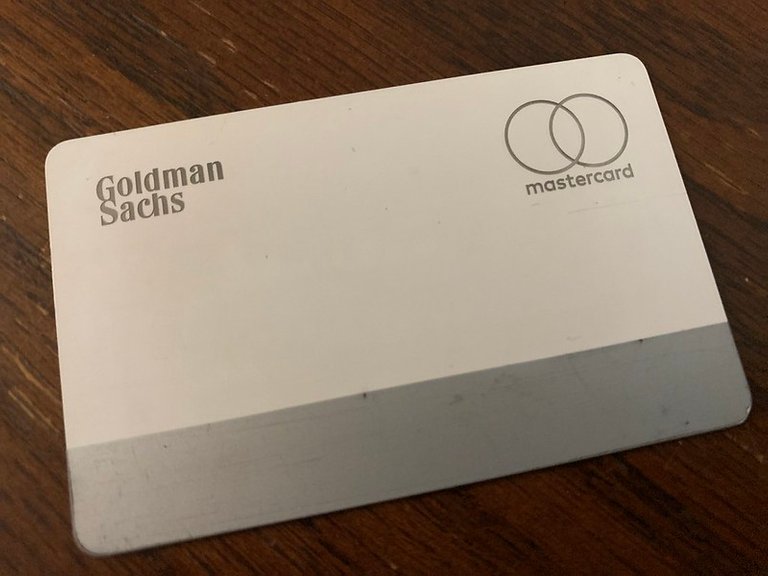In previous blog posts, we have discussed the use of credit cards for the points and miles game, which is to optimize credit card use to get the most rewards out of your credit card purchases. The Apple Credit Card is not one of the best rewards cards in the market. However, it does offer a unique advantage for those seeking to increase their lines of credit.
About Apple Card
The credit card market is increasingly seeing the encroachment of Fintech companies looking to disrupt the traditional way of doing business. Apple, with their credit card, are doing something similar. One of the ways they are changing the credit market is by making it easier for consumers to become their customers. For those who do not pass the credit check, there is the Path to Apple Card program.
After successful adherence to the program, prospective Apple Card users may be accepted with a small credit limit. Some applicants have been known to be approved with a $250 line of credit. This, obviously, is not a large amount of credit. You can't buy an iPhone with $250. But, it doesn't end there.
Apple Card Credit Limits
Apple Card users are able to request credit limit increases every 90 days. For practical purposes, it is better to count 91 days on the calendar. And, Apple Card makes it simple to receive credit limit increases under the following conditions.
- You pay off your balance every month
- You have more than 20 transactions per month
- Your overall credit has not been negatively impacted
- You have not had failed payments to the Apple Card
- You have not been late in making payment to Apple Card
With a small credit limit, it is likely you will have to pay off the card more than once every month to make room for more charges. In this case, you are using your Apple Card like a charge card or debit card.
Apple also wants you to use your card for everyday purchasing. For this reason, users have noticed that having more than 20 to 25 monthly transactions, even if they are $0.99 transactions, seems to satisfy the algorithm.
You definitely want to keep your house in order when it comes to your other credit accounts. Apple Card monitors your credit to ensure that you are a reliable customer.
You do not want to have payments to your Apple Card fail. It is easy to mistakenly pay with the wrong bank account. I have done that. I had to scramble to withdraw cash from one bank to deposit in the other to ensure that my payment would go through. Such mistakes, causing your payment to fail for lack of funds, will set you back on credit limit increases for a couple of billing cycles.
And, of course, making late payments on your card will disqualify you from getting a credit limit increase. Sadly, this is so easy to avoid as you only have to pay the minimum to avoid being late. But, if you're struggling with a small credit limit, you'll likely bury yourself with a larger limit.
Based on information from other Apple Card users, typical credit limits are $1,000, $2,500, $3,500, $6,000, $7,500, $10,000, $15,000, $20,000, and up to $40,000 or more. The maximum credit limit will depend largely on your individual circumstances. Such factors include your income, credit rating, how much you spend every month on your Apple Card, and perhaps some other considerations. In a year, you could potentially get up to four credit limit increases from Apple Card.
Why Increase Your Credit?
Utilization Ratio
From a practical perspective, it doesn't make sense to increase your credit limit beyond what you spend every month. If you only spend about $2000 every month, you could get by with a $2500 credit limit, right? However, maxing out your credit card every month looks bad for your credit report. Creditors do not like to see you using high percentages of your credit. They prefer that you only use between 10% to 30% of your credit.
Therefore, if you spend $2000 per month, roughly, on your credit card and are able to pay it off, you would be well-served with a credit limit of approximately $7,000 or more to keep your percent utilization under 30. Obviously, with more credit, the lower your utilization ratio.
What if you need to purchase something expensive and need to carry a balance for a couple of months? That carried balance would then throw off your ratio. This could be resolved by having a higher credit limit that allows wiggle room for carrying a balance and your monthly spending.
Credit Card Buckets
Credit card companies put their customers in different buckets. There are the entry-level credit cards that will offer credit limits of $1000 or less.
Beyond that, the next bucket will start you off with credit under $5000, typically $2000 or a bit more. These may approach $5000, yet never surpass it for some credit cards. If you picked a credit card that is able to surpass the $5000 bucket, then they will eventually extend you credit beyond that threshold. Once you have one of these cards, it's easier to get another. Credit card companies are reluctant to be the first to bump you up to the next tier unless they have had a relationship with you for some time.
The next bucket up are the cards that surpass the $10,000 credit limit. There may be some that start below and grow above $10,000, like the Apple Card. And, there may be premium cards that start at $10,000 minimum. Either way, banks don't want to be the first to extend that amount.
This is where Apple Card can help through the easy and almost reliable credit limit increases. Once you pass $10,000 in credit, other cards will be less hesitant to extend the same credit limit.
The Strategy
The Apple Card strategy for us is to use the card for our daily expenses. We will request credit limit increases every 91 days. We will continue this until we reach a point where our spending is not enough to justify further credit limit increases.
Our goal will be to break past the $10,000 barrier. It would be nice to break past $20,000 or $30,000 in credit limit. However, we just need the one card to open the $10,000 gate so that other cards will follow.
Any purchases that might cause us to carry a balance will have to be made on other credit cards. We will have to use the Apple Card like a charge card to ensure that we do not carry a balance other than the zero percent finance purchases of Apple products. The Apple Card uses algorithms to determine your credit limit. Therefore, we want to have our average spending be at its natural highest level.
The Drawback
Using the Apple Card to grow our credit limit is not without problems. The Apple Card is mediocre in its cash back rewards. We would be losing out on greater rewards from other cards while we are running this strategy. Furthermore, it could take a couple of years to reach the point where they are unwilling to extend more credit based on our particular financial situation. That's two years of suboptimal rewards.
We are going to have to fight the urge to make purchases with better credit cards during all this time to avoid giving the algorithm data of lower spending.
Long Term
The Apple Card is a fair long term credit card. With no annual fees and its ease of use, we could keep the account open indefinitely. If we can maximize the credit line, it will always serve as a base level that other cards will measure themselves against when we apply for them.
I suspect that the Apple Card algorithm also uses the zero percent installment loans for Apple products in addition to monthly spending for establishing credit lines. Therefore, it would make sense to buy any laptops or tablets we need as we approach the end of the 91 day period. My suspicion is that Apple attempts to set your credit limit to a number at which your typical spending will be at a favorable utilization ratio. This is like American Express charge cards setting your spending limit at three times you average spending. Except that American Express will lower your spending limit if your average spending decreases. This is the advantage of credit card limits in that they stretch. And, they rarely, if ever, shrink.
I think the Apple Card is good as a beginner card, if you don't have any. And, you would do well to maximize your credit limit to your personal maximum so that when you are ready to apply for other cards, they will start you off with larger limits. Afterwards, you might sock drawer it in between Apple Store purchases.
Images from Shaine Mata
https://flickr.com/photos/shainemata/albums/72157719735307081/with/52218862994/
Posted Using LeoFinance Beta

